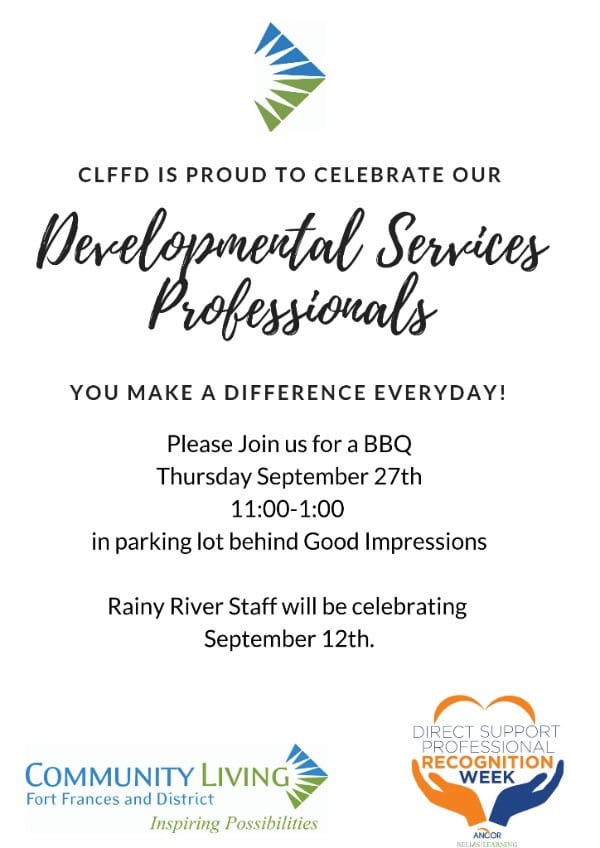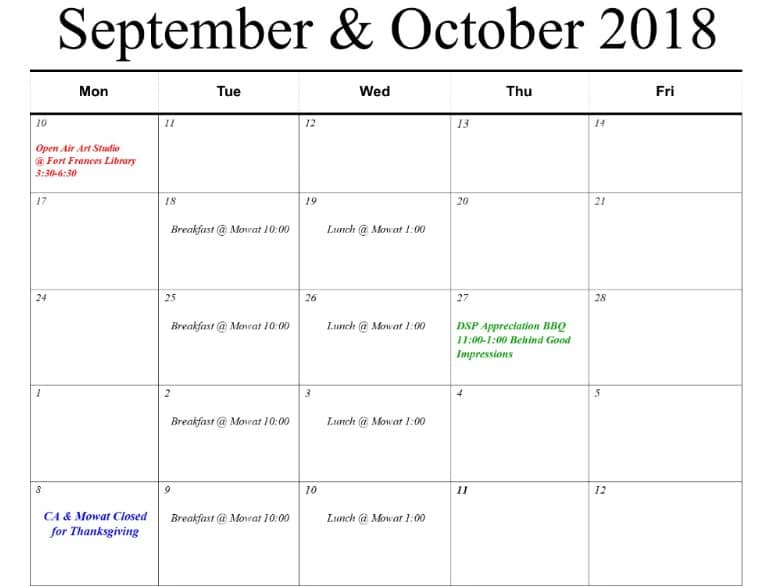August 2018 Highlights
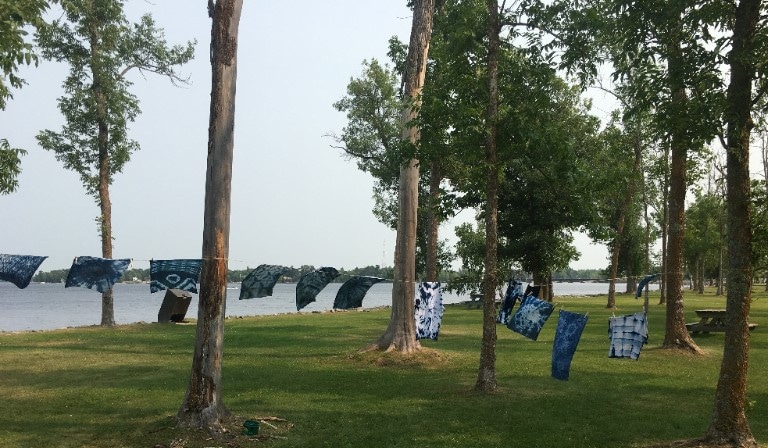
Types of Locomotives #1
Steam locomotive
Before the diesel locomotives were in use, the fireman shovels coal into a firebox on a steam locomotives. The Steam locomotive are powered either by coal, wood or oil. some steam locomotives has no tenders are called tank locomotive. All the fuel and water are on board the tank locomotive. The other locomotives has a tender to carry the fuel and water. There are 2 crew on a steam locomotives and there is a engineer and a fireman. The controls are more different on a steam locomotives than a diesel. Before the air compressor was on a steam locomotive,
there was a train called “John Bull” and the engineer has to call the brakeman to put on the brakes on top of the locomotive. The steam locomotive has a whistle intead of a modern diesel horn.
Diesel-electric locomotive
The diesel locomotives took over the steam locomotive and uses diesel fuel instead of coal, wood and oil like the steam locomotive. There are 2 different types of locomotive cabs: 1 is a Spartan cab and the other is called a Wide cab or “Comfort Cab” as they’re known. SD stands for Special Duty, GP stands for General Purpose. The yard switchers put together freight cars for the long haul acroiss the country with the bigger locomotives such as SD40-2, SD70ACe, SD60, C-40-8W/C40-8, SD80MAC, GP30 & GP7/GP9. The diesel-electric locomotives has a horn instead of a whistle.
If you’re sitting in a car waiting for a train to go by, the horn signal is:
2 long
1 short
1 long
this is a crossing signal warning for cars. If you’re waiting in a car for a train to go by, count how many freight cars are there on a freight train.
Submitted by Chris Del Roasario-Coish
The Community Café
In partnership with the Fort Frances Library we have been running Community Café every second Thursday through July and August. Various activities have been held including cookie decorating, singing, bingo and chia pets. We look forward to further partnerships in the future! Pictured below are from the Chia Pet workshop, good work everyone!
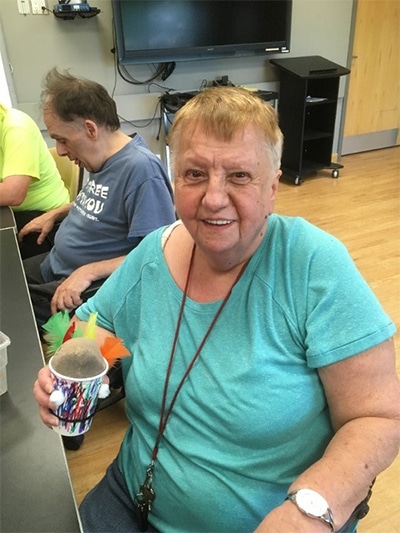
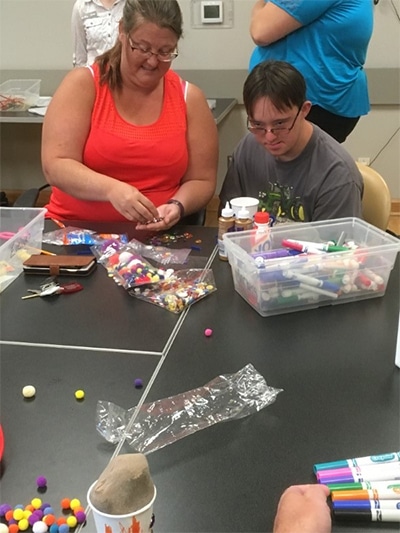
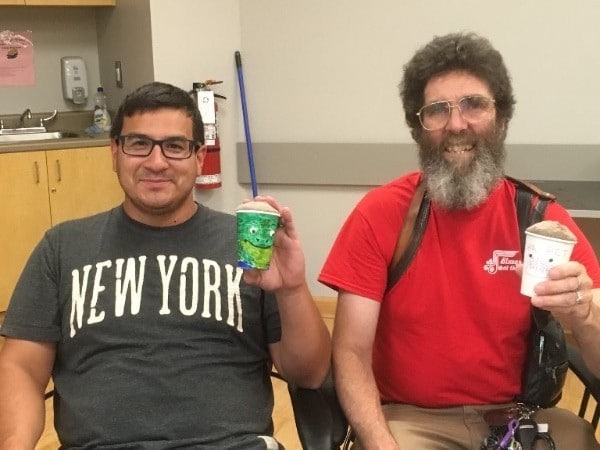

Open Air Art Studio
The Open Air Art Studio continued on through August and into September with various workshops such as Shibori Dying, Chromotography, Stick Weaving, and Polymer Clay Sculpting. The sessions continue to be very popular and we hope to continue with a few more workshops in the upcoming months. Thank you to everyone who has come out to support this program we hope you have enjoyed it!

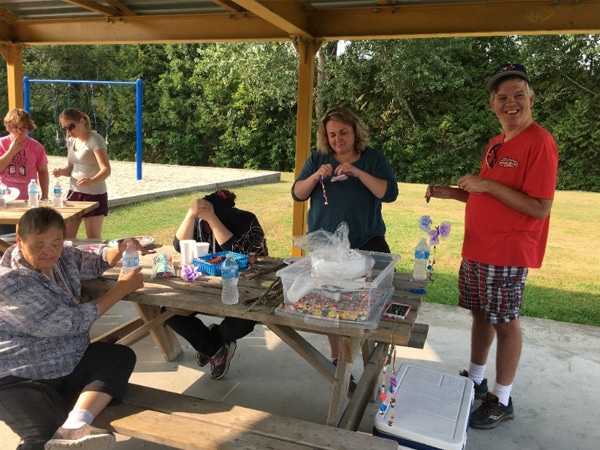

Letter supports Commissioner’s stance on inclusive education
Taken from Community Living Update Friday – September 7, 2018
Editor’s note: The following letter is from Sal Amenta in response to All children should feel like they belong at school, an opinion piece by Renu Mandhane, Chief Commissioner of the Ontario Human Rights Commission, which appeared in the Toronto Star on September 2nd, 2018. The article follows the release of the Commission’s updated policy and recommendations on inclusive education.
Sal, a retired teacher, father of an adult son with a disability, and friend of the Community Living movement, echoes Mandhane’s point that the ministry of education’s approach to special education labels students who have a disability as exceptions, creating barriers to meaningful inclusion and valuable learning with their classmates.
No student should feel excluded or unwanted at school, writes Renu Mandhane. Nevertheless, the Ministry has continued to identify some as exceptional, segregate them for special attention, and still aspire to be inclusive. Like sucking and blowing at the same time.
We repeatedly criticized this approach at ministry workshops convened to redefine “exceptionality”. In fact, we associated it with Animal Farm — all students are different but some are more different than others. It drew laughs, but the teams kept working on a new definition!
Chief Commissioner for Human Rights in Ontario Mandhane has affirmed that only by discarding this old approach can the ministry begin to address the needs of every unique learner through universal design. Students with varied strengths and weaknesses must be fully included in classes small enough for individualization, and supported by teaching teams with access to expertise.
This new approach was recommended decades ago by researchers like Michael Fullan, who advised the ministry. So why has it lost its way and prompted Mandhane to ask whether students will ever “get the support they need from educators …[and thus] meet their full potential”?
Time will tell whether Premier Ford’s education minister responds with foresight or turns the clock back as it did with sex education.
Meanwhile, we must thank Mandhane for stressing that all students — including those with disabilities — have a legal right to be included. The punitive practice of excluding those with disabilities must end, and be replaced by one that enables all students to succeed with their unique needs and abilities. Inclusion that fosters individual and social development can only strengthen a democratic society.
